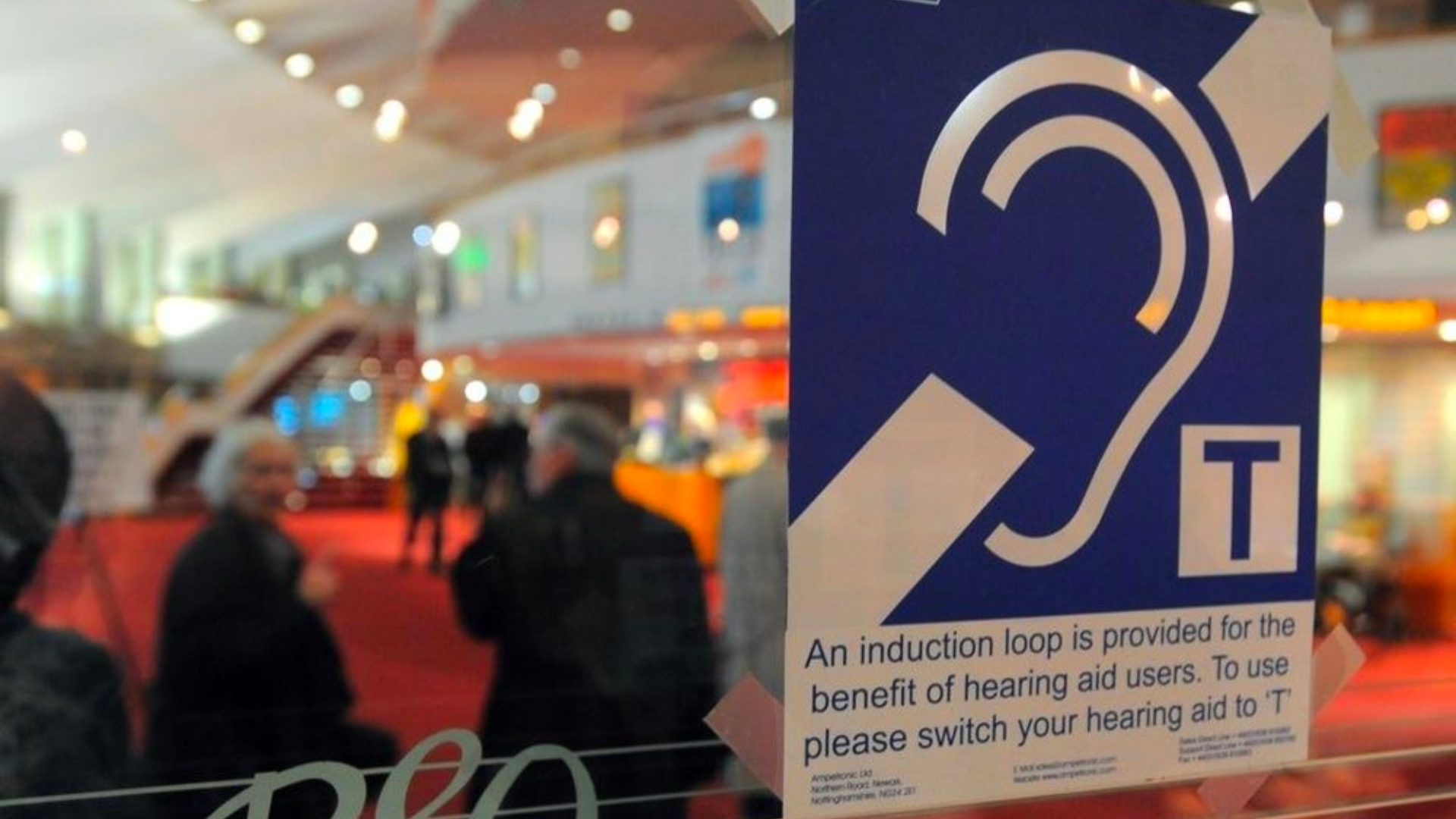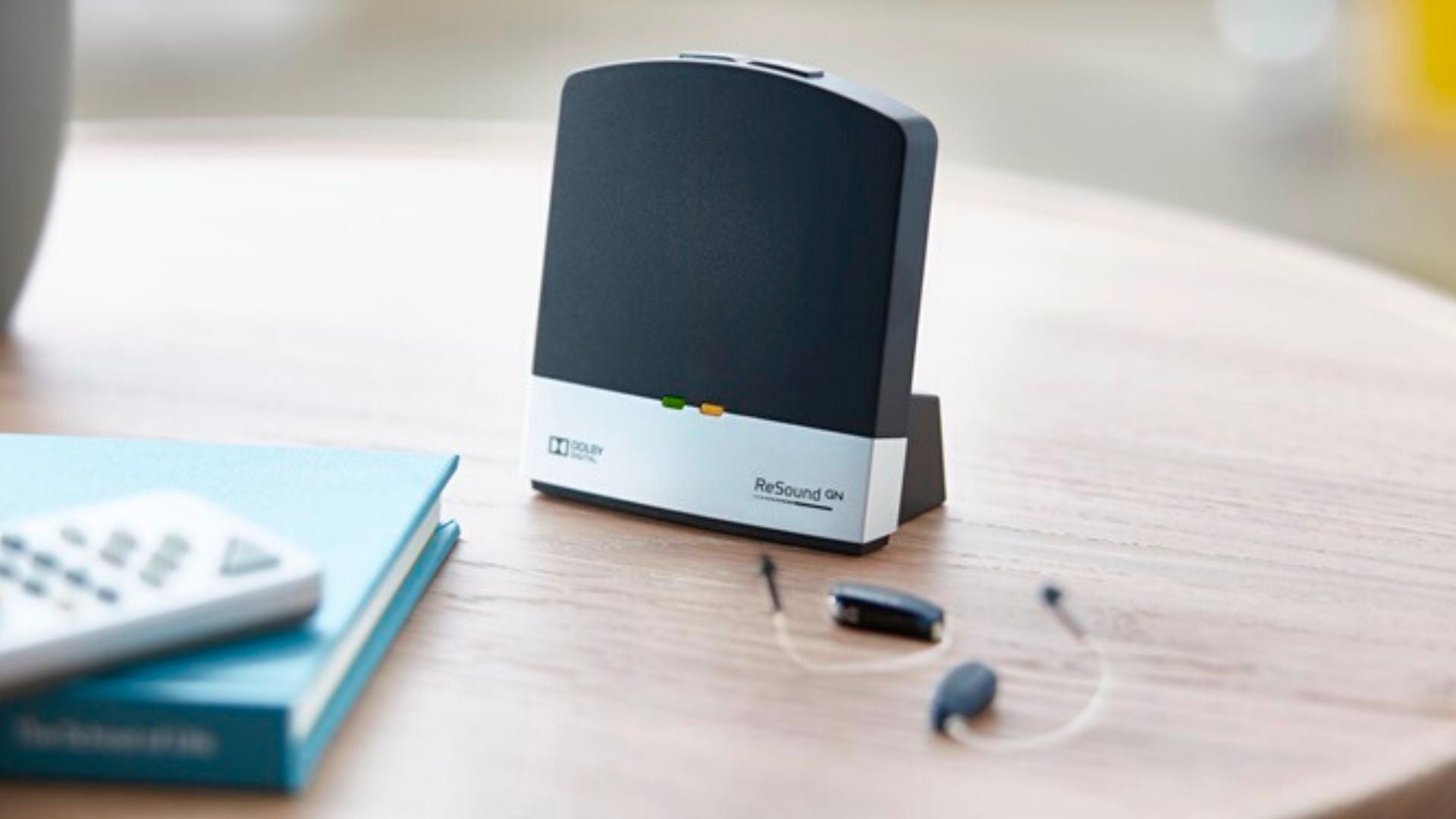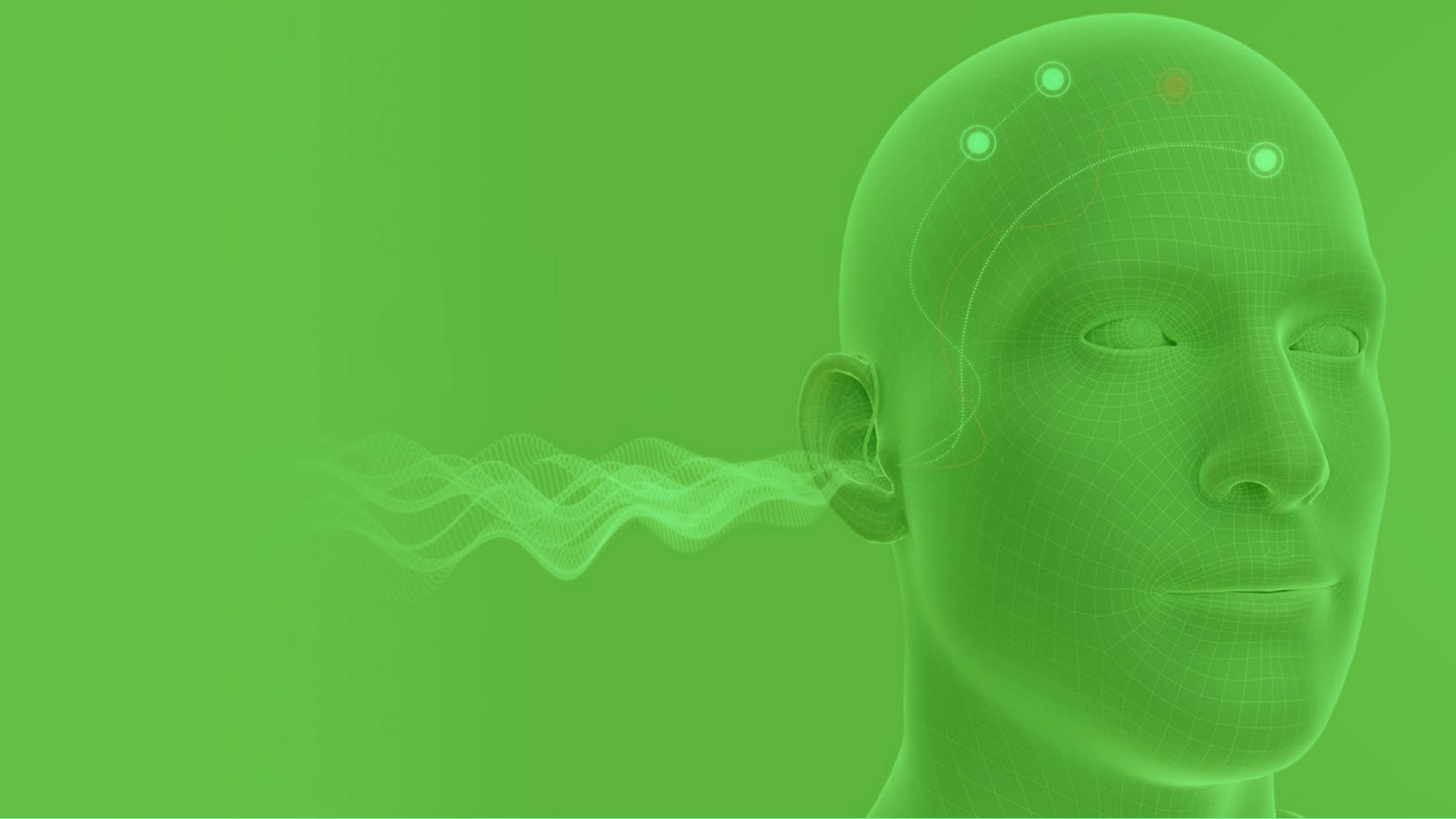Assistive Listening Devices
For those experiencing hearing loss, hearing aids play an essential role in daily communication. However, certain situations, like watching TV or participating in meetings, can challenge their optimal performance. This is where Assistive Listening Devices (ALDs) come in, providing additional support for individuals in noisy environments or when the sound source is distant.
Think of ALDs as "binoculars for the ears," extending the capabilities of hearing aids to make them more effective. They are also useful for staying aware of your surroundings without wearing hearing aids, such as waking up to an alarm or hearing the doorbell.
Types of Assistive Listening Devices
There are several types of ALDs, each with unique features and benefits:
- Personal Amplifiers:
- Portable devices that amplify sound and reduce background noise.
- Worn on the ear or carried in a pocket or purse.
- Ideal for one-on-one conversations, watching TV, or listening to music.
- FM Systems:
- Consist of a transmitter and receiver; the speaker's voice is sent directly to the listener's receiver.
- Commonly used in classrooms, lectures, and public settings.
- Reduces background noise and improves speech understanding.
- Loop Systems:
- Used in public places such as theaters, places of worship, and airports.
- Sound is transmitted directly to hearing aids via a loop wire installed in the listening area.
- Infrared Systems:
- Transmit sound using light waves.
- Common in theaters and movie theaters.
- The transmitter sends the audio signal to an infrared receiver worn by the listener.
- Captioned Telephones:
- Displays real-time captions of telephone conversations to aid understanding.
- Captions appear on a screen or directly on the phone.
- TV Streamers:
- Wirelessly transmits TV audio directly to hearing aids.
- Allows other family members to enjoy TV at normal volume while providing a clear experience for the hearing-impaired listener.
Technologies Behind Assistive Listening Devices
- Bluetooth Technology: Enables wireless streaming between phones, tablets, and hearing aids. Offers stable and interference-free connections within about 20 feet.
- Infrared Technology: Ideal for situations requiring privacy, as the signal does not pass through walls.
- Inductive Loop Technology: Uses an electromagnetic field to transmit sound to hearing aids with telecoil functionality. Common in public accessibility settings.
- Radio-Frequency (FM) Technology: Used in schools or mobile environments, transmitting sound via radio waves clearly to portable receivers.
How Common Are ALDs?
Many countries legally require public venues to provide ALDs to ensure hearing-impaired individuals have equal access to sound and spoken messages. Systems like induction loops and FM receivers are commonly found in movie theaters, classrooms, and places of worship, in accordance with laws such as the Americans with Disabilities Act (ADA), Australia’s Disability Discrimination Act, and the UK Equality Act 2010.
Can Deaf People Use ALDs?
Absolutely. ALDs are suitable for people with all levels of hearing loss, from mild to profound. This includes hearing aid users, cochlear implant users, and even those who are completely deaf. ALDs can dramatically improve communication and overall quality of life.
Need Further Assistance?
SOUNDLIFE Hearing Center is ready to support you with consultations, hearing assessments, and the best hearing solutions. Contact us to take the first step toward better hearing.
Consultation & Hearing Test:
(0815) 1353-8888 — Click to Chat via WhatsApp
We are with you every step of the way.
Hear Clearly, Anytime, Anywhere
by elevating your listening experience with Assistive Listening Devices

Do I Need Assistive Listening Devices?
While hearing aids can significantly improve hearing and communication in most situations, there may be specific environments or situations where they are not sufficient. In these cases, assisted listening devices can provide additional support and improve the overall hearing experience.

Types of Assistive Listening Devices
Assistive listening devices (ALDs) are devices that help hearing aid users to hear more clearly in different environments. They are used by people with all degrees of hearing loss, from mild to profound, including consumers who are 100% deaf.

10 Days Risk-Free Trial
Experience the benefits of our hearing aids in the comfort of your home or office for 10 days, with no obligation to purchase. It's a risk-free way to improve your hearing.

Hearing Solutions
With more than 100+ hearing devices, you can always find the product that best fits your personal hearing needs. Our goal is to provide each customer the best care possible based on their unique lifestyle, budget and hearing conditions.
Never Too Late to Prioritize Your Hearing
Many individuals who have postponed getting hearing aids admit that they underestimated the negative effects of hearing loss and its potential impact on their daily activities.


